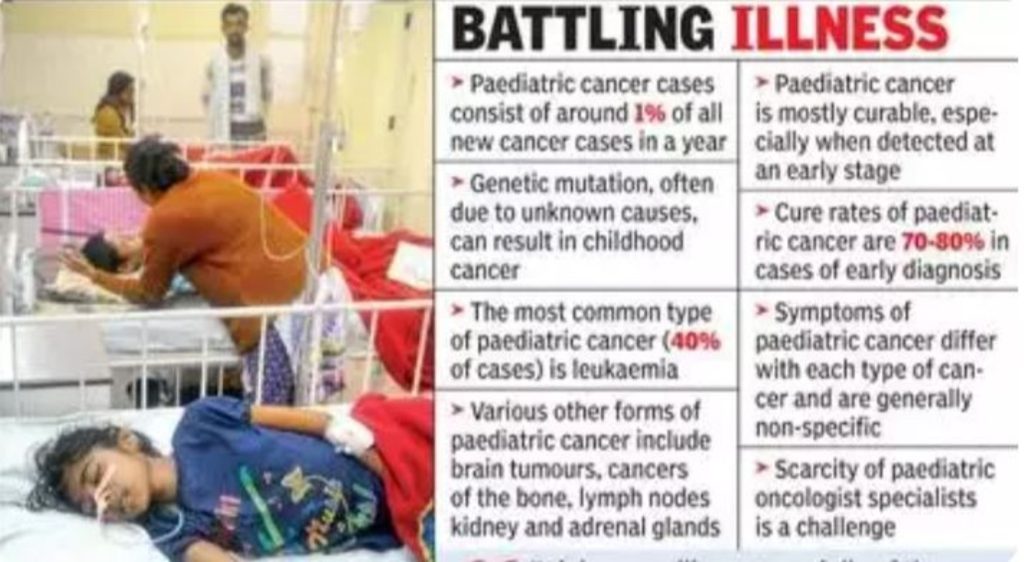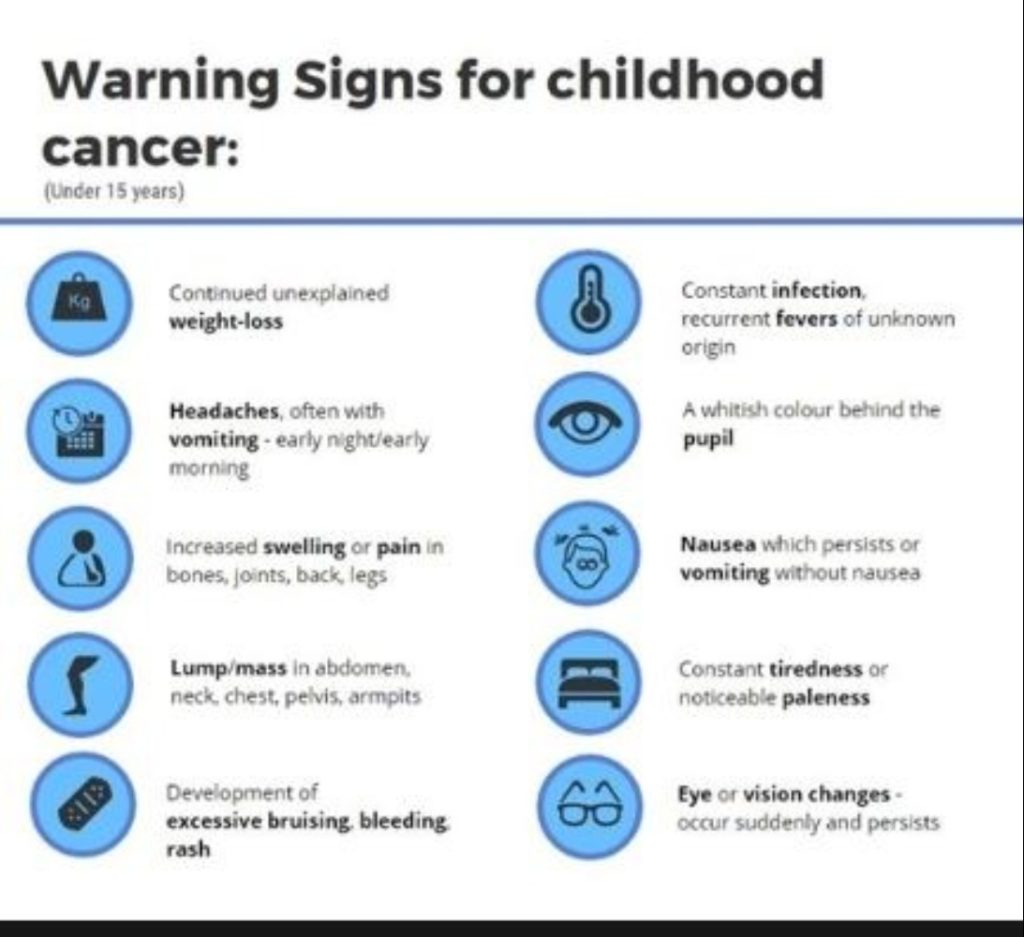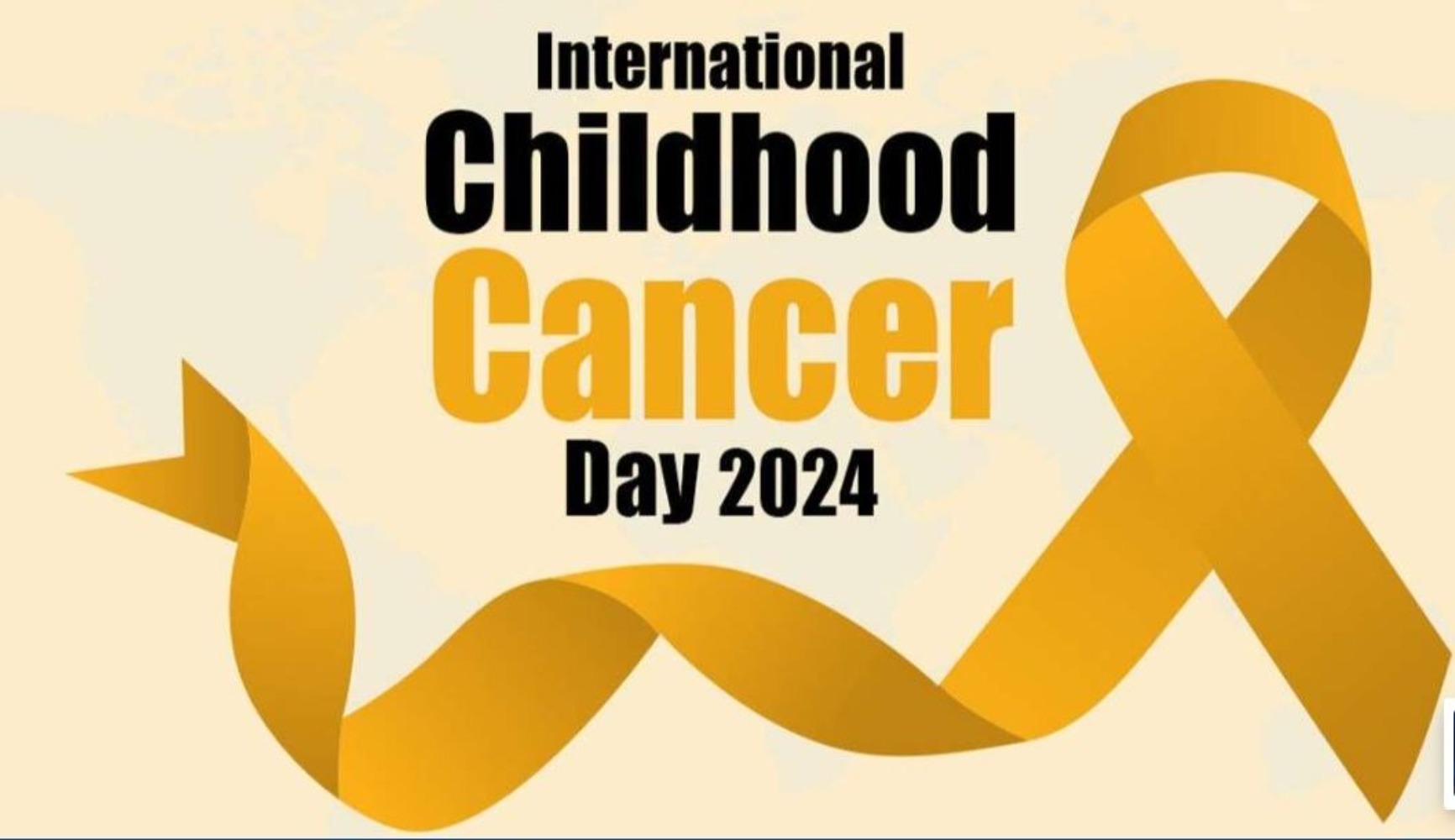The World Health Organization has set a goal to achieve at least 60 per cent survival for all children with cancer by 2030, and India is also aligned with it.

Although cancer in children is rare, it is the second most common cause of childhood mortality in developed countries. It often presents with nonspecific symptoms similar to those of benign conditions, leading to delays in the diagnosis and initiation of appropriate treatment. To subscribe please click tau.id/2iy6f and access our live channel.
Primary care physicians should have a raised index of suspicion and explore the possibility of cancer in children who have worrisome or persisting signs and symptoms. Increased suspicion is also warranted for conditions associated with a higher risk of childhood cancer, including immunodeficiency syndromes and previous malignancies.
DON’T MISS: Saliva Test that Detects Breast Cancer
Every year, over 4 lakh children are diagnosed with cancer all over the world, of which approximately 50,000 are in India alone. Childhood cancer requires a specialised, multidisciplinary approach to achieve both good cancer outcomes and a high quality of life.
Children with cancer may experience one or more of the symptoms or signs described below, many of which are similar to common childhood illnesses. Symptoms are changes that you can feel in your body. Signs are changes in something measured, like taking your blood pressure or doing a lab test.

Together, symptoms and signs can help describe a medical problem. Sometimes, children with cancer do not have any of the symptoms and signs described below. Or, the cause of a symptom or sign may be a medical condition that is not cancer.
Signs or Symptoms of Cancer
Many of the symptoms can be described using an acronym (CHILDCANCER) provided by The Pediatric Oncology Resource Center.
- Continued, unexplained weight loss
- Headaches, often with early morning vomiting
- Increased swelling or persistent pain in the bones, joints, back, or legs
- Lump or mass, especially in the abdomen, neck, chest, pelvis, or armpits
- Development of excessive bruising, bleeding, or rash
- Constant, frequent, or persistent infections
- A whitish color behind the pupil
- Nausea that persists or vomiting without nausea
- Constant tiredness or noticeable paleness
- Eye or vision changes that occur suddenly and persist
- Recurring or persistent fevers of unknown origin
Dr. Meet Kumar, Director & HOD-Hemato-Oncology and Bone Marrow Transplant, Marengo Asia Hospitals, Faridabad, stated, “Cure rates of cancers in children are almost 20-25 per cent higher than adults who develop the same cancer. They also tolerate the treatment much better with fewer side effects than adults,”
Conclusion
Because of major treatment advances, more than 80 percent of children with cancer now survive five years or more. Still, cancer is the second leading cause of death in children younger than 15 years old, after accidents.
Cancers in children are sometimes hard to recognize because common illnesses or everyday bumps and bruises can mask the early warning signs. Some symptoms might mean your child sees a specialist immediately. Or you may have to wait a few days or weeks.




